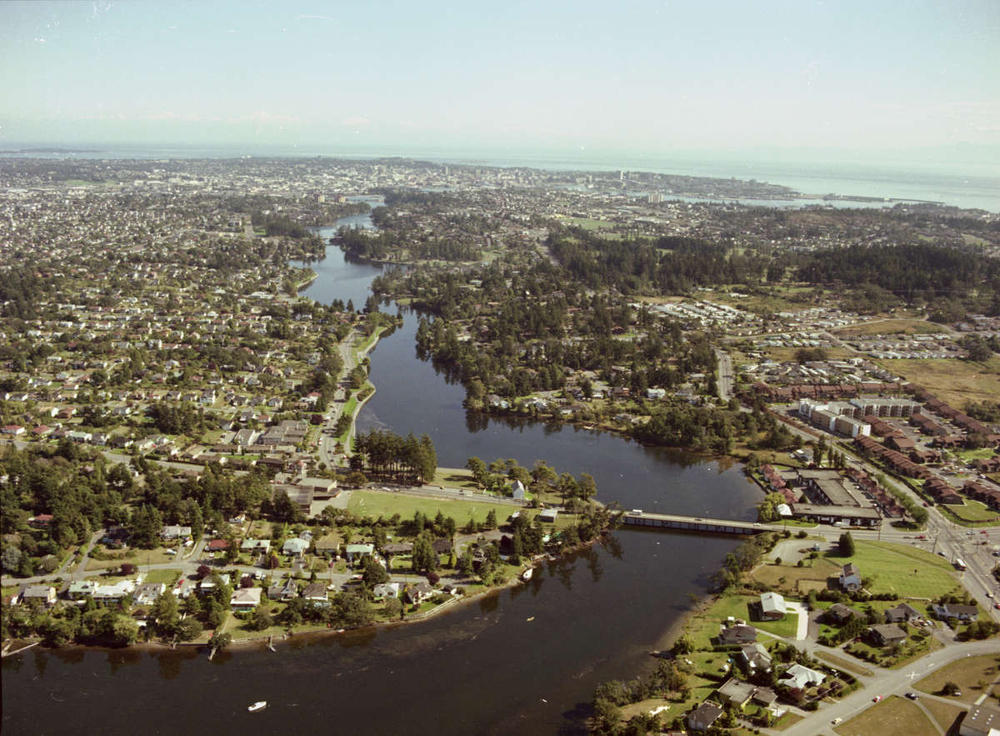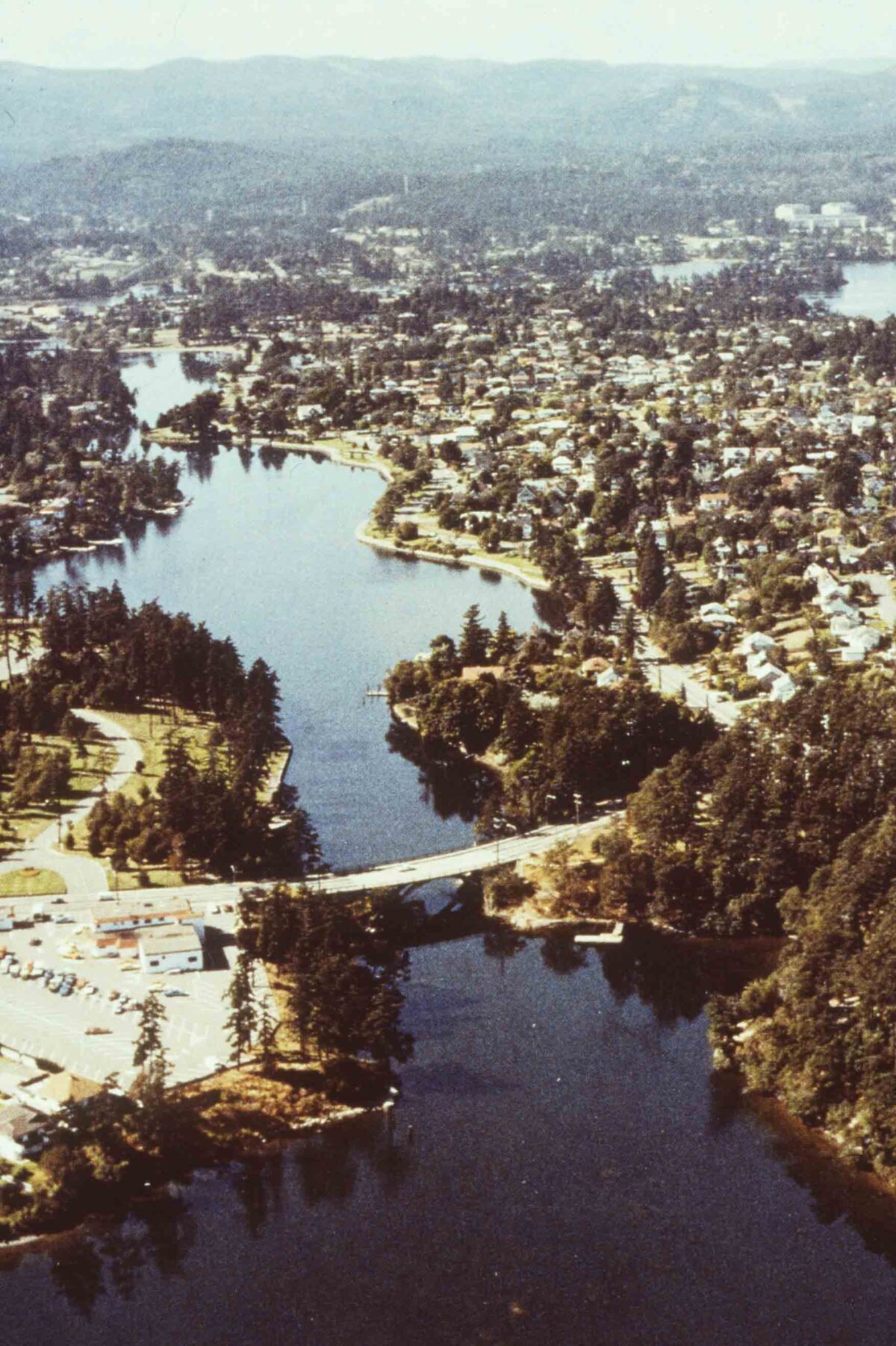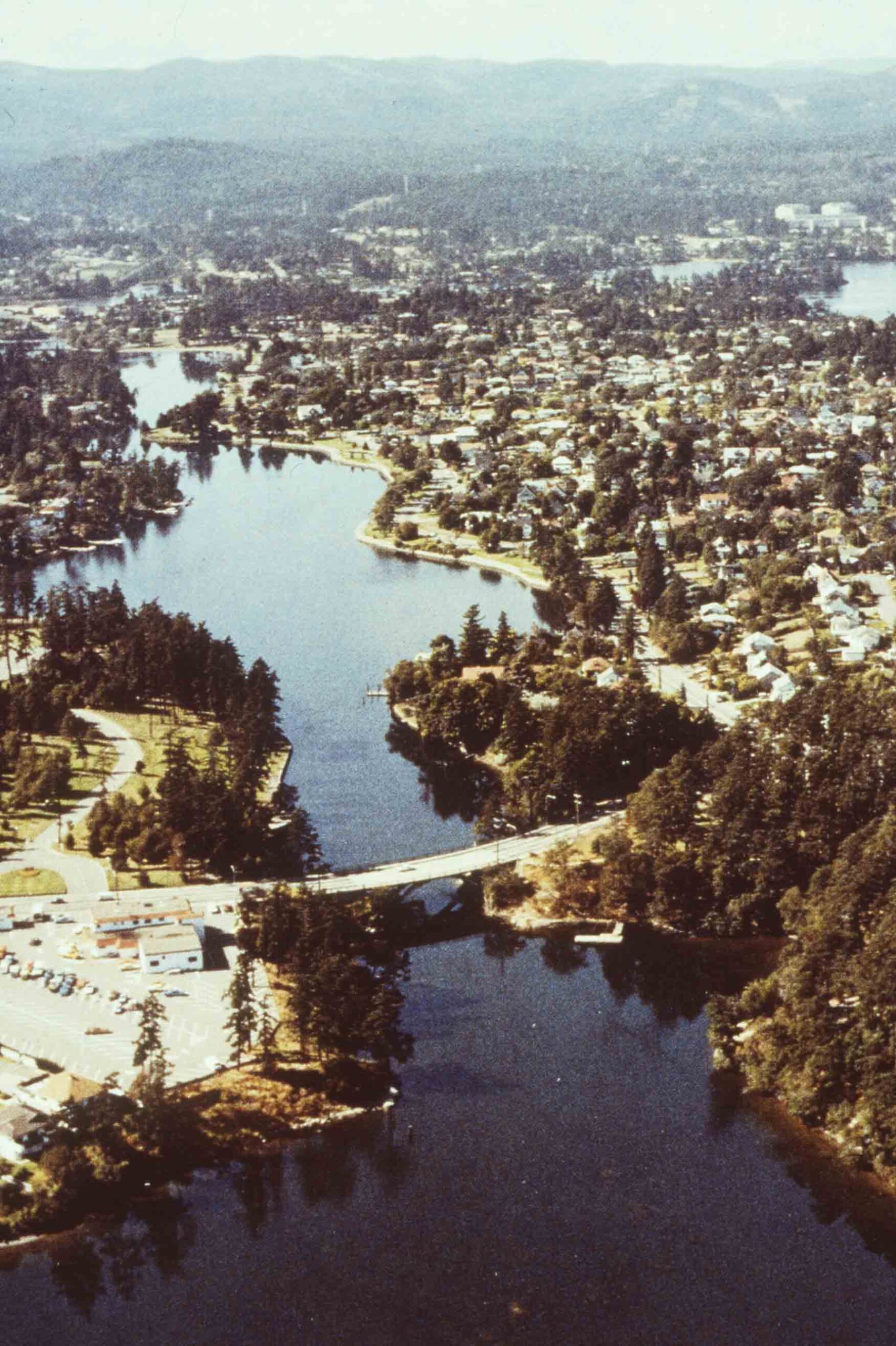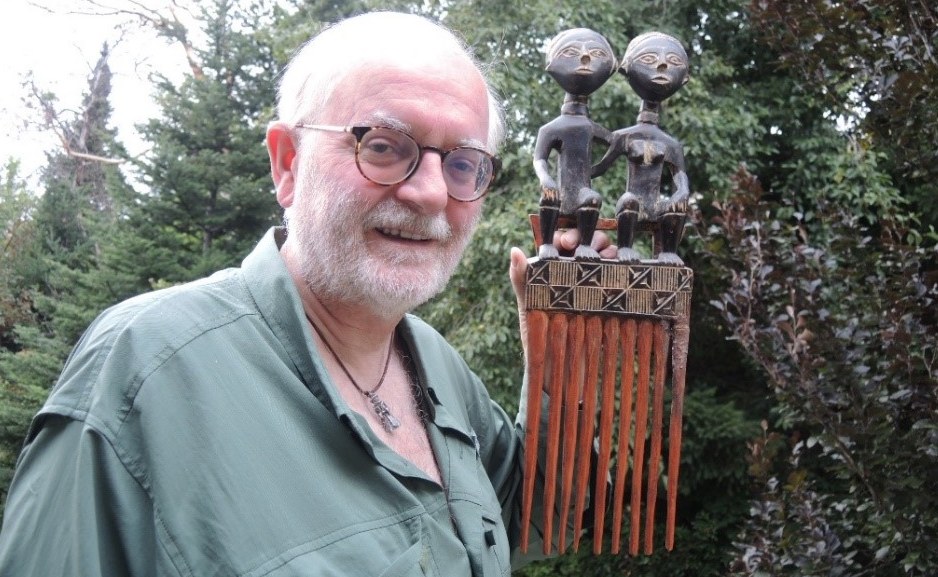
There were many Indigenous names for shells of the mollusk, Antalis pretiosa (Sowerby 1860), formally Dentalium pretiosum, but they were usually called Hai-qua in the Chinook trade jargon. I will use mostly the term dentalium here, as it has commonly been used in the literature. Much has been written about these shells and their use as adornments on the body and clothing, and as trade currency, among Indigenous peoples along the coast from central Alaska to Baja California. None of the writers actually observed the process of capturing the dentalium, but a few received information from Indigenous individuals who did, or remembered stories about how it was done (Clark 1963; Barton 1991, 1994; Galois and Mackie 1990a, 1990b: Andrews 1989; … Continue reading “Dentalium Spears and Models”








